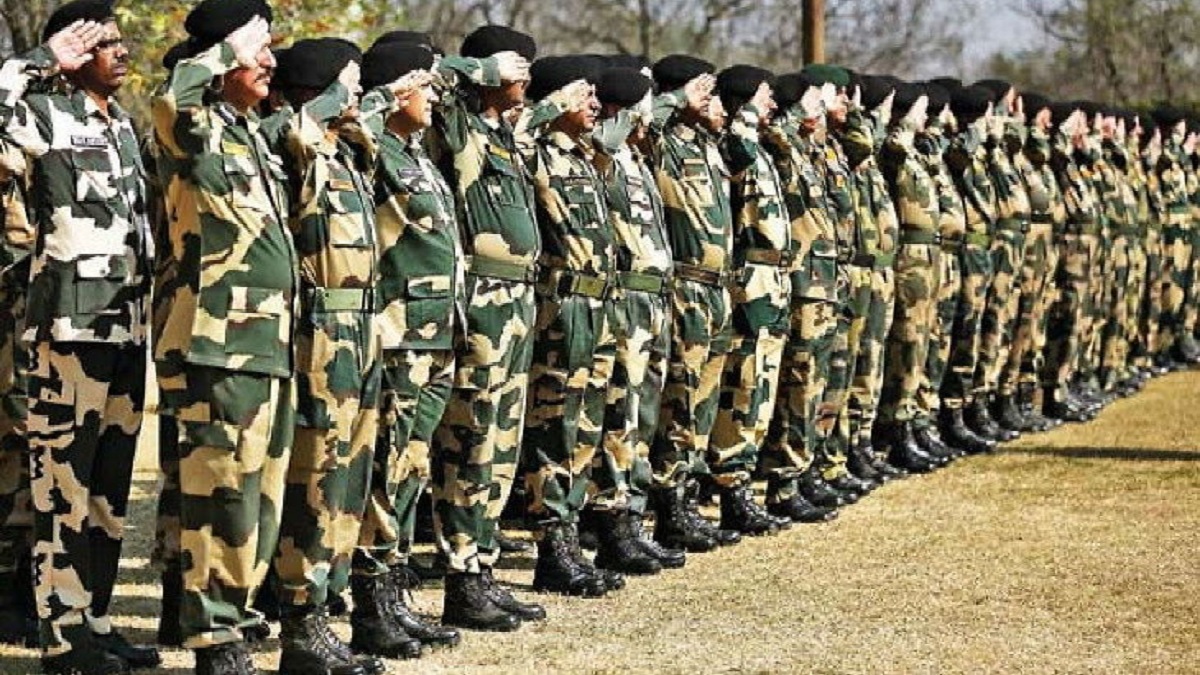Indigenisation through ‘Make in India’ appears to have become the new mantra for the armed forces. The industry is also willing to walk the extra mile, to support defence manufacturing. Public Sector Undertakings and Ordnance Factories will then be on their toes, because of the competition from industries. This will be a situation for all. The defence will get their requirement with quality products because of the urge of the industry, DPSUs and OFs to keep their order books running. The big-ticket orders can come through the Strategic Partnership model, which shows promise in manufacture of aircrafts, ships and armoured-fighting vehicles. The defence industrial corridors are waiting to invite foreign collaborators, who can bring in high end technology to make India a major manufacturing hub. From import dependence, armed forces should turn the tide towards export promotion.
The time is ripe for this to happen and Covid-19 may well provide the opportunity. Defence Research and Development Organisation (DRDO) can no longer do business as usual and have to enhance its pace of making, because—should they not tighten their belts— the industry is waiting to grab at every opportunity. Foreign manufacturers too may find it convenient to join hands with private partners in India, because they too want quicker results. Yet another dimension to defence manufacturing is the development of dual use technologies which will benefit military and civilians alike. Aircraft-engines and turbines for ships propulsion have for long been a bane for India.
Given the requirement of aircraft fleet for defence and the civil aviation, there seems to be immense scope to collaborate with willing partners be it, “Safron” or “General Electric” or any other manufacturer willing to share technology. Our ultimate purpose, which addresses regular built up stocks, because of training expenditures, is in the manufacture of ammunition; if only we can develop our capabilities and capacities to indigenise ammunition manufacture, with support of the private industry, mainly because of quality control of ammunition presently manufactured by Ordnance Factories, which has often been the cause for import dependence. This will not just help in decreasing stocks required to be held in depots by armed forces, necessitating requirement of high land holdings by defence, with safety restrictions that prevent our people to utilise land in proximity of such depots. Coupled with this is the manpower requirements to secure such areas holding huge quantities of ammunition. Finally, if we are changing back from import dependence to export promotion, then ammunition has huge scope to support such venture.

